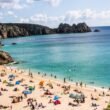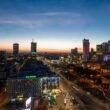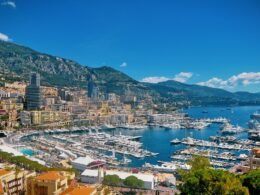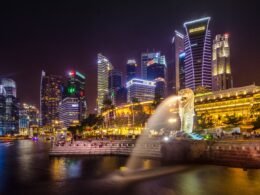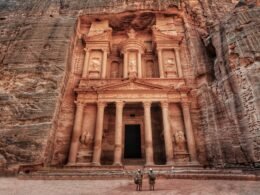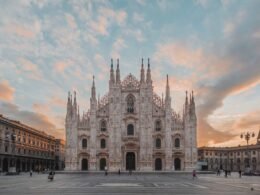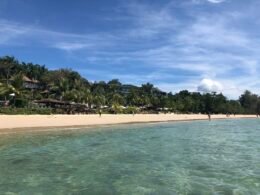Oslo is the capital and largest city of Norway, located in the southern part of the country, close to the border with Sweden. With a population of just over 700,000, the city is among the smaller capital cities, yet its clean and contemporary feel continues to attract travellers from around the world.
Oslo’s solid reputation as a peaceful, green, and culturally vibrant city will leave visitors feeling refreshed and inspired. Norway is a beautiful country of fjords, mountains, and waterfalls, and while you won’t find the wilderness in the city, you’ll still get a taste of its spirit.
Norwegians love the outdoors, and Oslo is especially well-known for being an ecologically oriented city with lots of parks and trees, as well as cultural landmarks such as the Opera House and street art. Visiting in the heart of winter can be an adventure, while summer months make for a more pleasant climate.
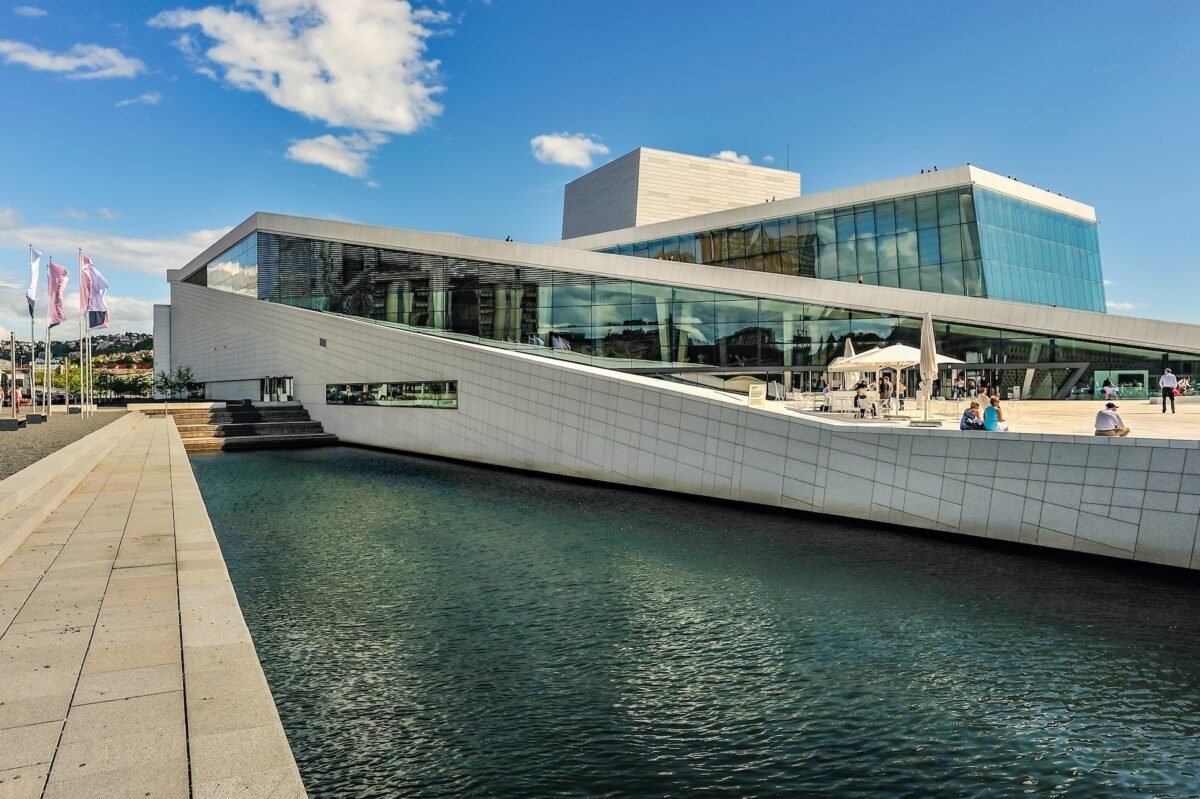
Oslo: Getting Around
Two days in Oslo isn’t long, so it’s best to plan a little beforehand, especially when it comes to transport. Getting around the city is pretty straightforward since it isn’t that big, and offers trams, buses, trains, and the metro network, which is called “T-bane”.
Aside from on-foot, we recommend exploring the city by electric scooter or by bike, both of which are ecologically friendly, fun and can be rented inexpensively. E-scooter and bike tours can be arranged, or you can hire privately and explore the city at your own pace.
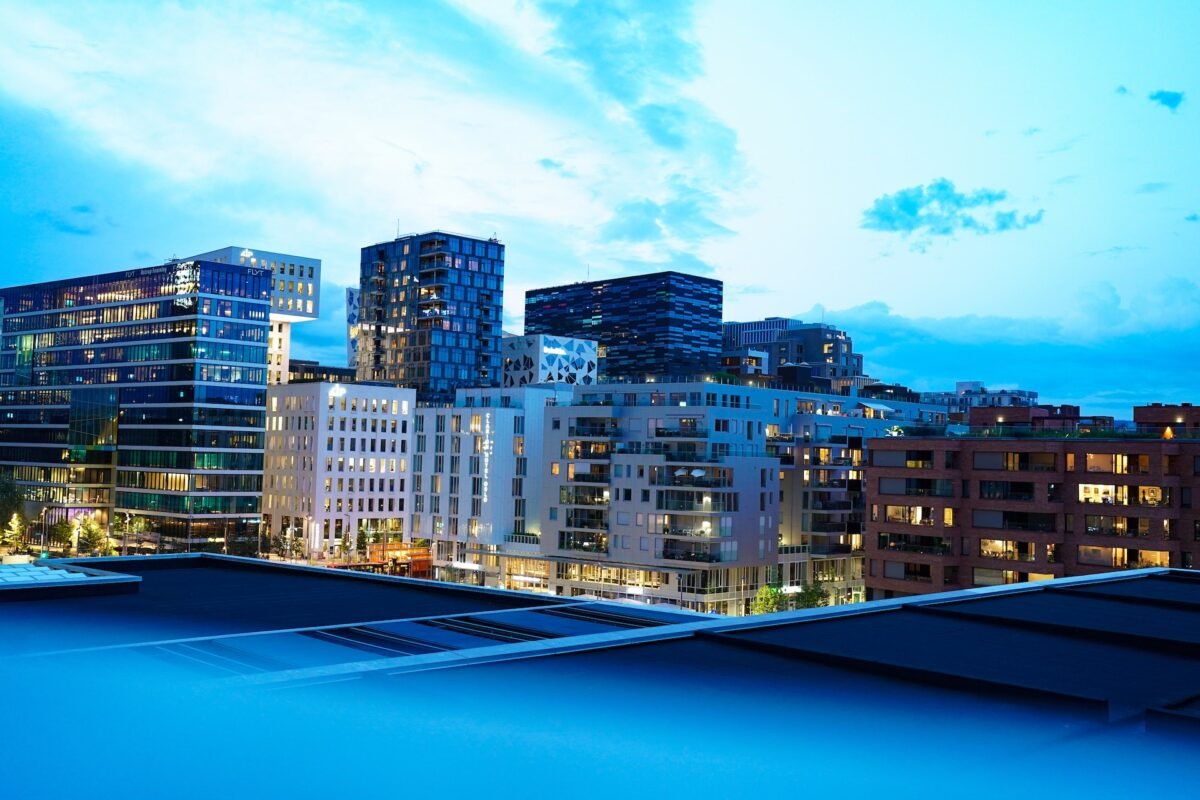
Day 1: Breakfast, Peace And Art
On day one we recommend a delicious Norwegian breakfast to kick things off: Laks og eggerøre, or, smoked salmon and scrambled eggs. The recipe can vary, including being served as an open sandwich, or with ansjos, a kind of anchovy local to Norwegian waters.
Norwegians aren’t huge fans of breakfast since they tend to have lunch earlier, around 11 am. Coffee is a breakfast staple, however, usually brewed and without milk. Norwegian cuisine tends to be healthy, with lots of fresh fish and vegetables.
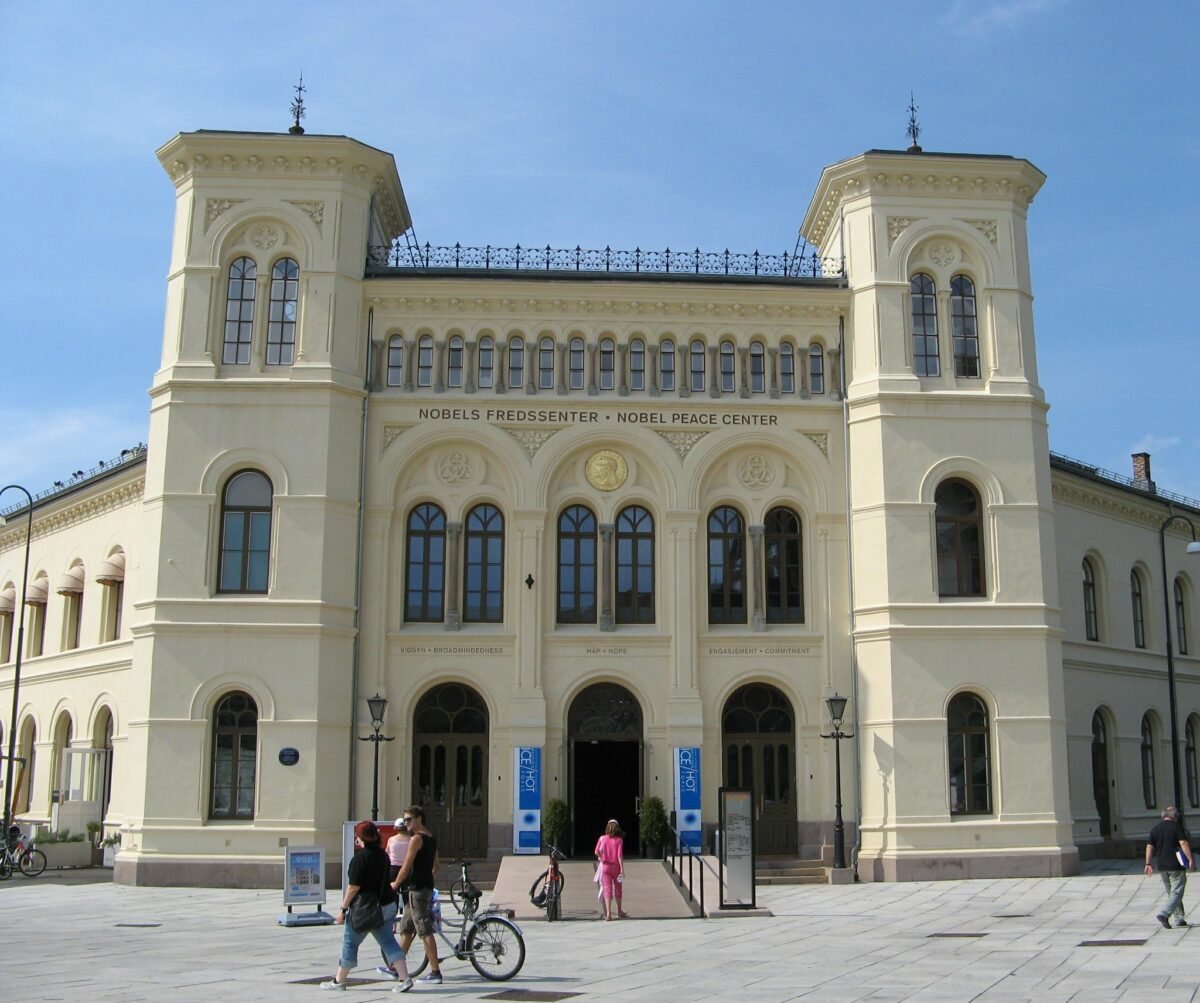
Nobel Peace Centre
After breakfast, head over to the Nobel Peace Centre, located in the heart of the city in City Hall Square. It was opened in 2005 as a museum for events, digital exhibitions and guided tours inspired by the Nobel Peace Prize laureates and their ideas. Exhibitions include cultural, political and artistic events that resonate with the theme of peace in a global context.
We recommend spending one to two hours there, depending on the kinds of exhibitions and tours available. Tickets can be purchased on the day, which include entrance to the museum and exhibitions.

Street Art
One of the best ways to explore Oslo is through its street art, whether that’s sculpture, graffiti or public installations, Oslo has plenty to offer the art enthusiast, and all without spending an øre.
An afternoon spent strolling the streets in the city centre, and further afield, will open your eyes to fantastical feats of the Nordic imagination. There are even interactive maps with pinned locations for some of the more well-known works, including through the websites Visit Norway and Visit Oslo. There are numerous sculptures and artworks in public places throughout the city, especially in the neighbourhoods of Grünerløkka and Tøyen.
The Oslofjord
The enormous Oslofjord is an inlet stretching from the southern tip of the country into the harbour in the heart of the city. It’s much wider than other fjords in Norway and there are many islands dotted around.
Swimming in the fjord in the summer is an excellent way to cool off. We recommend taking an evening cruise on the fjord, which is an excellent way to get a closer look at some of the islands, lighthouses and beaches. The fjord also offers numerous water sports and activities, including kayaking, sailing and fishing.

Day 2: Sauna, Sunbathing And Sunset
Floating Sauna
Saunas are a popular pastime throughout Scandinavia and are becoming increasingly popular in the cities. They originated in rural areas in Finland though they are increasingly common in cities in Norway. The best place to visit a sauna in Oslo is along the promenade by the harbour, with many “floating” saunas from which to choose.
A sauna makes for a great source of relaxation and recuperation, regardless of the time of day. Saunas in Oslo can be enjoyed year-round, but the winter months will make for a more exhilarating experience. Saunas can also provide a good opportunity to socialize, especially for solo travellers. Many of the saunas are wood-fired and constructed on a kind of floating jetty on the edge of Oslofjord, offering cold showers, food and drink, and even live music. Some top recommendations include SALT sauna and Badstuforenin sauna, both located along the harbour.
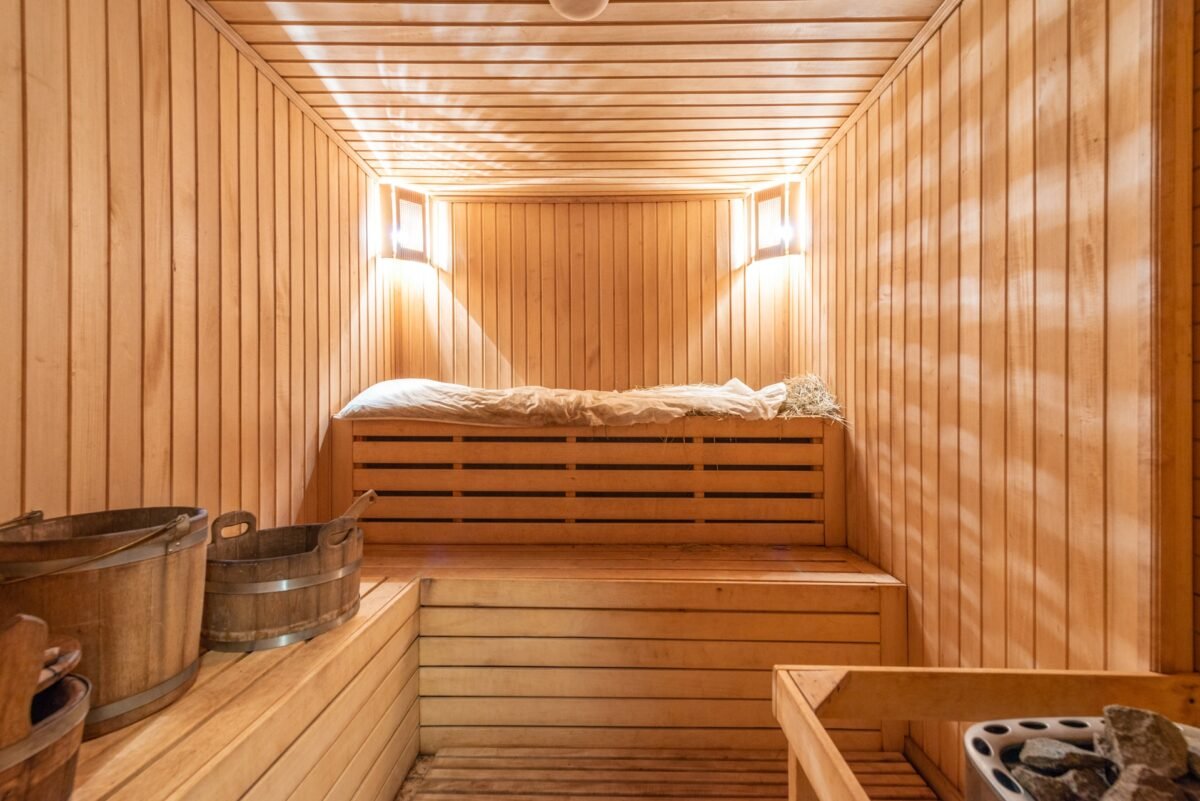
Oslo Street Food Market
After the sauna why not head over to the Oslo Street Food Market for lunch? It offers a wide range of international cuisine and is located in the city centre. As well as offering traditional Norwegian food, it also offers Asian, Latin and European cuisine from a total of sixteen food stalls, as well as four bars. On Fridays and Saturdays, it is transformed into a bustling nightclub.
Tjuvholmen Badeplass
Tjuvholmen Badeplass is a public sculpture park, beach, lawn and bathing place, including a jetty, diving board and showers. There’s a sandy beach and it’s a great place to sunbathe in the summer. It’s located on the outskirts of the Tjuvholmen neighbourhood next to Rødenes church, south of Aker pier. It’s also a good starting point for a hike along the edge of the fjord, while also being the perfect place to watch the sunset and enjoy a few drinks while bidding farewell to two days well spent in the city.
Until Next Time
Oslo is a beautiful, compact and unique city that is sometimes overlooked by travellers, being slightly out of the way of mainstream travel routes. Norway is more expensive than many other locations in Europe, but with the right planning, it can make for an unforgettable, relaxing and inspiring adventure.



